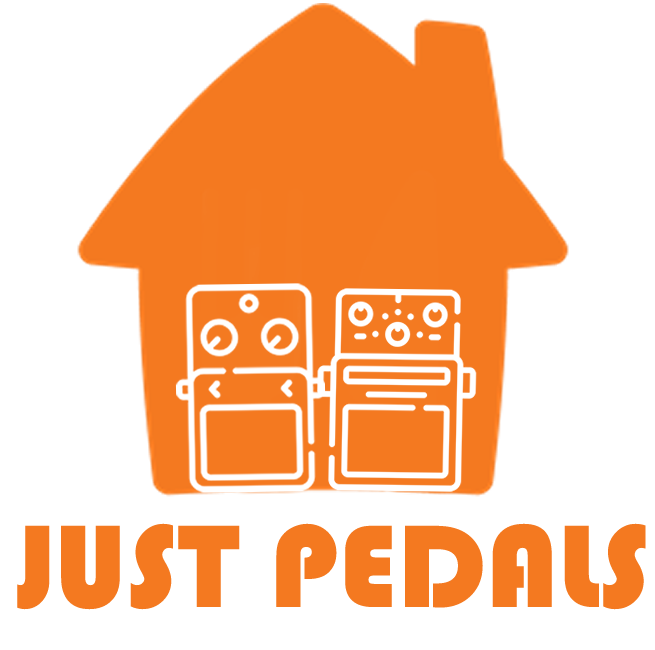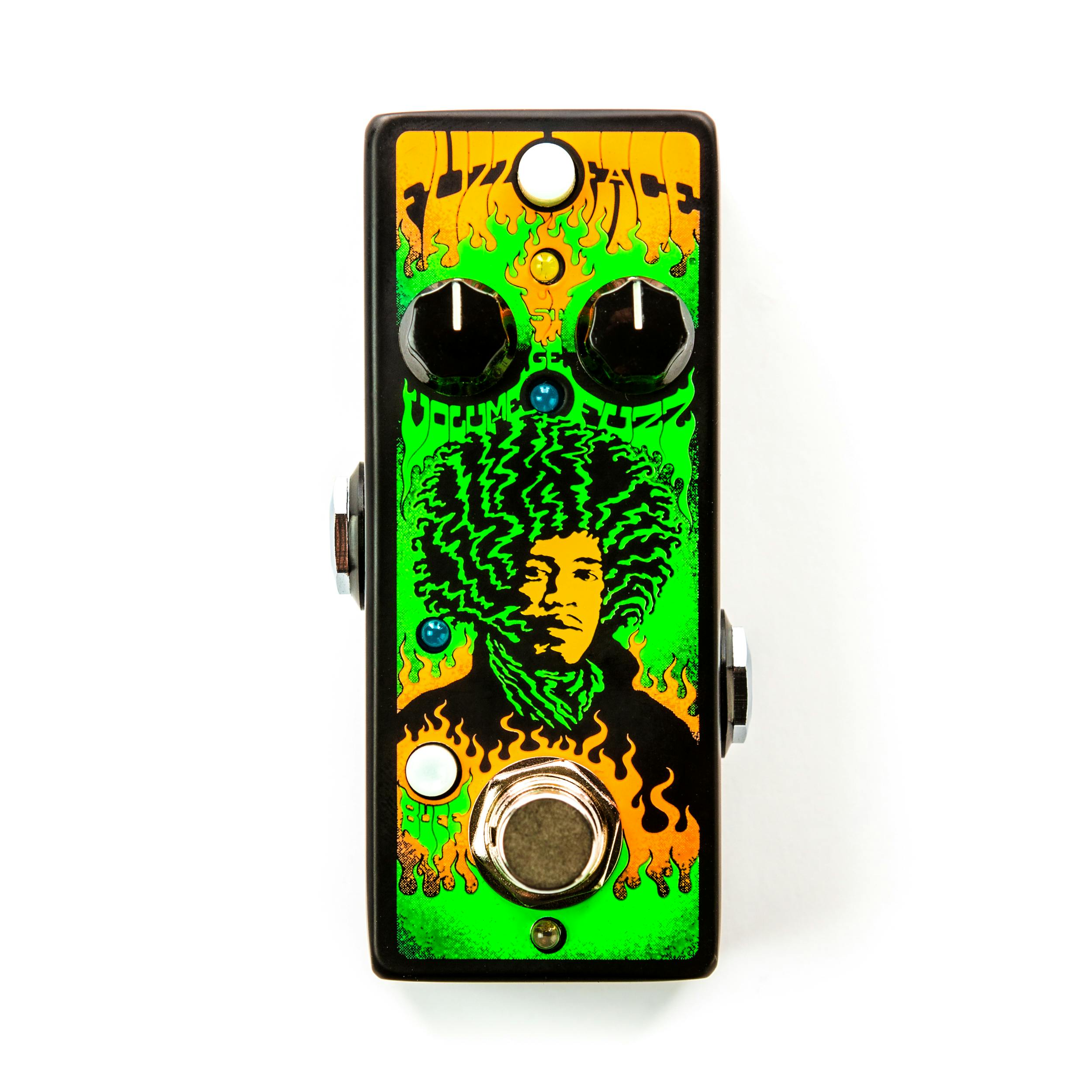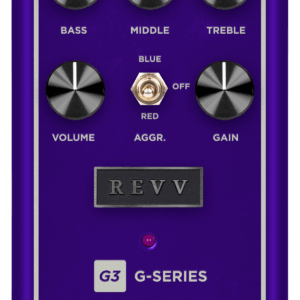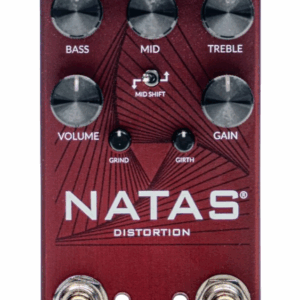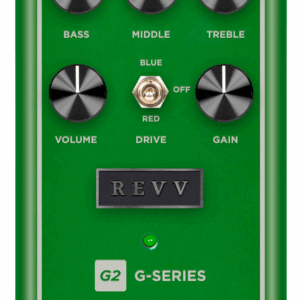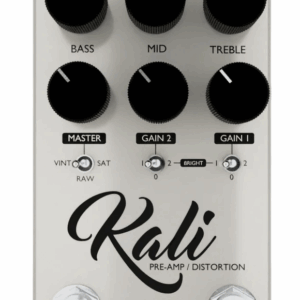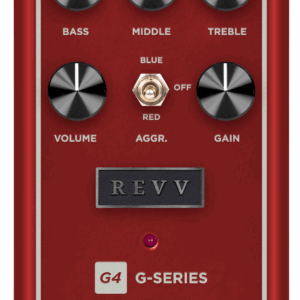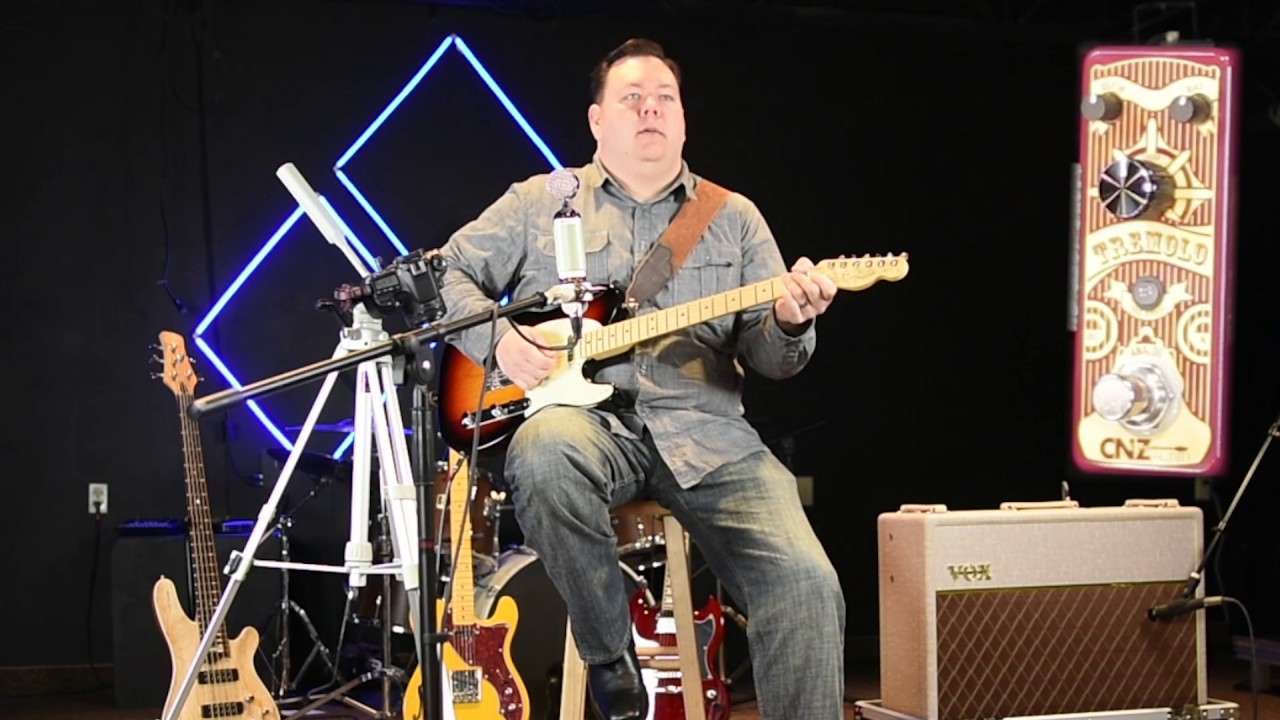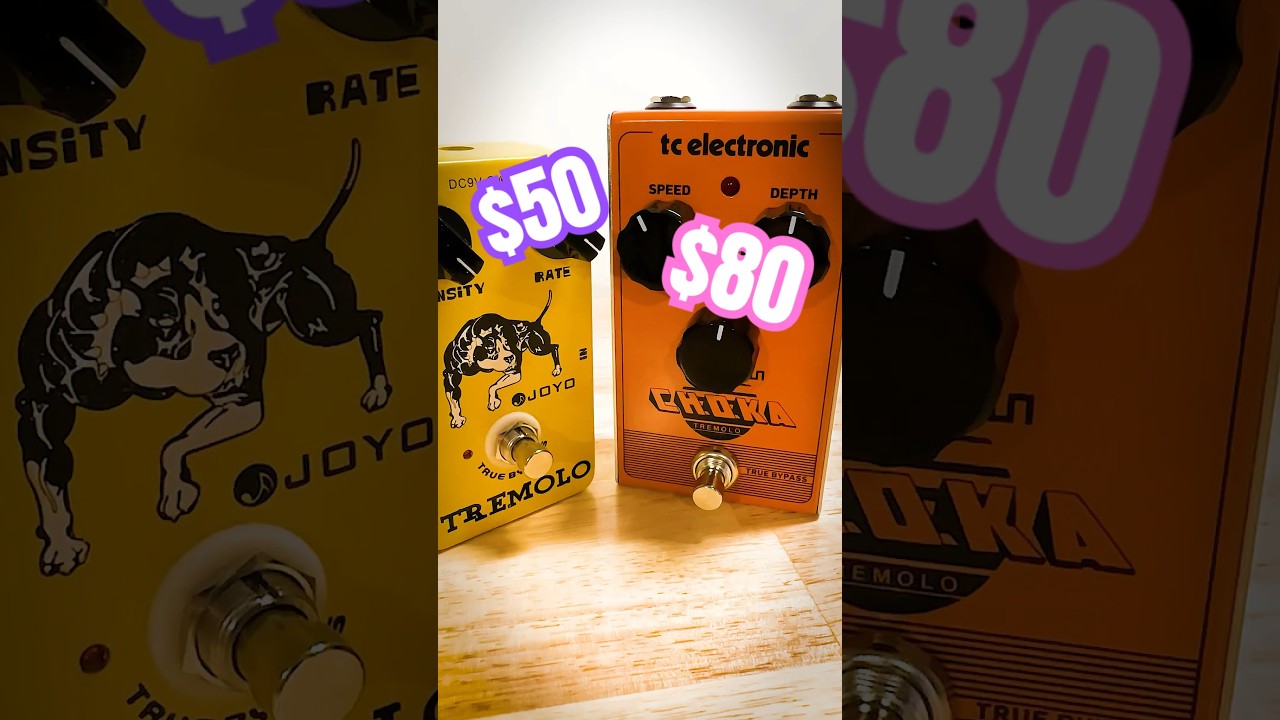Description
The Dunlop Authentic Hendrix ’68 Shrine Series Fuzz Face Distortion Pedal is currently retailing at £175 and it is out of stock. Available to be delivered to you by post direct (some charge may apply).The team at Just Pedals think that Jim Dunlop nailed it with the Dunlop Authentic Hendrix ’68 Shrine Series Fuzz Face Distortion Pedal.
The Dunlop Authentic Hendrix '68 Shrine Series pays tribute to the legendary Jimi Hendrix by adorning his favorite effects with custom finishes that remix prolific and celebrated rock artist John Van Hamserveld’s famous 1968 Shrine Auditorium concert poster art.
This psychedelic series features special editions of the Fuzz Face Distortion, the Uni-Vibe Chorus/Vibrato, the Band of Gypsys Fuzz, and the Octavio Fuzz — all effects that Jimi Hendrix used to craft sonic masterpieces that changed music history — in MXR mini housings that are easy to mount on practically any pedalboard!
We have new and used Jim Dunlop musical equipment available on our website for fast direct delivery from sellers across the UK & Europe.
Dunlop Manufacturing is a renowned company specializing in musical instrument accessories, particularly known for its guitar effects pedals. They produce a wide range of pedals catering to various guitarists' needs, from classic effects to innovative designs.
Some popular Dunlop guitar pedals include:
<strong>Cry Baby Wah:</strong> Perhaps their most iconic pedal, the Cry Baby Wah, has been used by countless guitarists. It's a versatile pedal that modulates the guitar's sound to create the famous "wah" effect.
<strong>MXR Phase 90:</strong> This is a classic phaser pedal known for its simplicity and distinctive swirling sound. It's been used by numerous guitarists across different genres.
<strong>MXR Carbon Copy Analog Delay:</strong> A popular delay pedal offering warm, analog-style delay tones. It's loved for its simplicity and lush, rich sound.
<strong>MXR Dyna Comp Compressor:</strong> A compressor pedal that evens out the dynamics of your guitar playing, providing sustain and smoothness to the sound.
<strong>Dunlop Fuzz Face:</strong> A legendary fuzz pedal originally produced in the '60s. It's been reissued and updated over the years, offering that classic fuzz tone.
<strong>MXR EVH Phase 90:</strong> This pedal was designed in collaboration with Eddie Van Halen, featuring his preferred phaser settings.
<strong>Dunlop Echoplex Delay:</strong> Based on the legendary EP-3 tape delay unit, this pedal offers a rich, warm tape echo emulation.
These pedals are just a few examples from Dunlop's extensive lineup. They are known for their reliability, sound quality, and often iconic status among guitarists. Different guitarists may prefer specific pedals based on their playing style and the sound they're aiming to achieve. It's always a good idea to try out pedals in person or listen to demos to find the right one for your preferences.
Distortion is a type of guitar effect that alters the sound by adding sustain, harmonic richness, and a gritty or aggressive character. It clips the audio signal, creating a more saturated and powerful tone. Distortion is commonly used in rock, metal, and punk music, offering everything from warm, crunchy overdrive to heavily saturated, high-gain chaos. Unlike overdrive, which mimics the natural breakup of a tube amp, distortion produces a more intense, compressed, and processed sound. Popular distortion pedals include the Boss DS-1, ProCo Rat, and MXR Distortion+.
Just Pedals is a new Guitar Effect Pedals Marketplace – We feature new and used Guitar Effect pedals from different sellers, to purchase online from the UK.
A pedal is an electronic device that alters the sound of an electric guitar by applying various effects. Pedals are typically connected in a series between the guitar and amplifier, allowing guitarists to switch effects on and off with their feet while playing.
This enables musicians to quickly and easily change their sound, adding versatility and creativity to their performances.
Pedals are essential tools in many musical genres, including rock, blues, jazz, and metal, allowing artists to craft distinctive and dynamic soundscapes.
Once you buy one, you can't stop and then you have to sell them and buy more.
Just the latest videos
Just related products
3% Off £174.99 £169.00
The two signature fuzz sounds of Jimi Hendrix in a single pedal The striped ring fan is designed to emphasize airflow Multicoloured
3% Off £174.99 £169.00
Population Management Unit JHMS2 High quality material robustness High quality dimensions
£199.00
Meticulously faithful reproduction of Jimi's 1969-70 Dallas Arbiter Fuzz Face Built around the toneful BC108 silicon transistor. Carefully matched to the original specs Power: Single 9 volt battery Country of Origin: United States
£167.92
Exact same circuit as the classic Jhf1 Hendrix fuzz face Legendary fuzz face tones in a pedal board-friendly housing Status LED, AC power jack & battery door Model number: FFM3
£149.99
Developed from a legendary fuzz face with white knobs in red housing Unparalleled aggressive and biting sound Equipped with tone controls not found in Fuzz Face Distinctive and stylish design by ilovedust in UK
